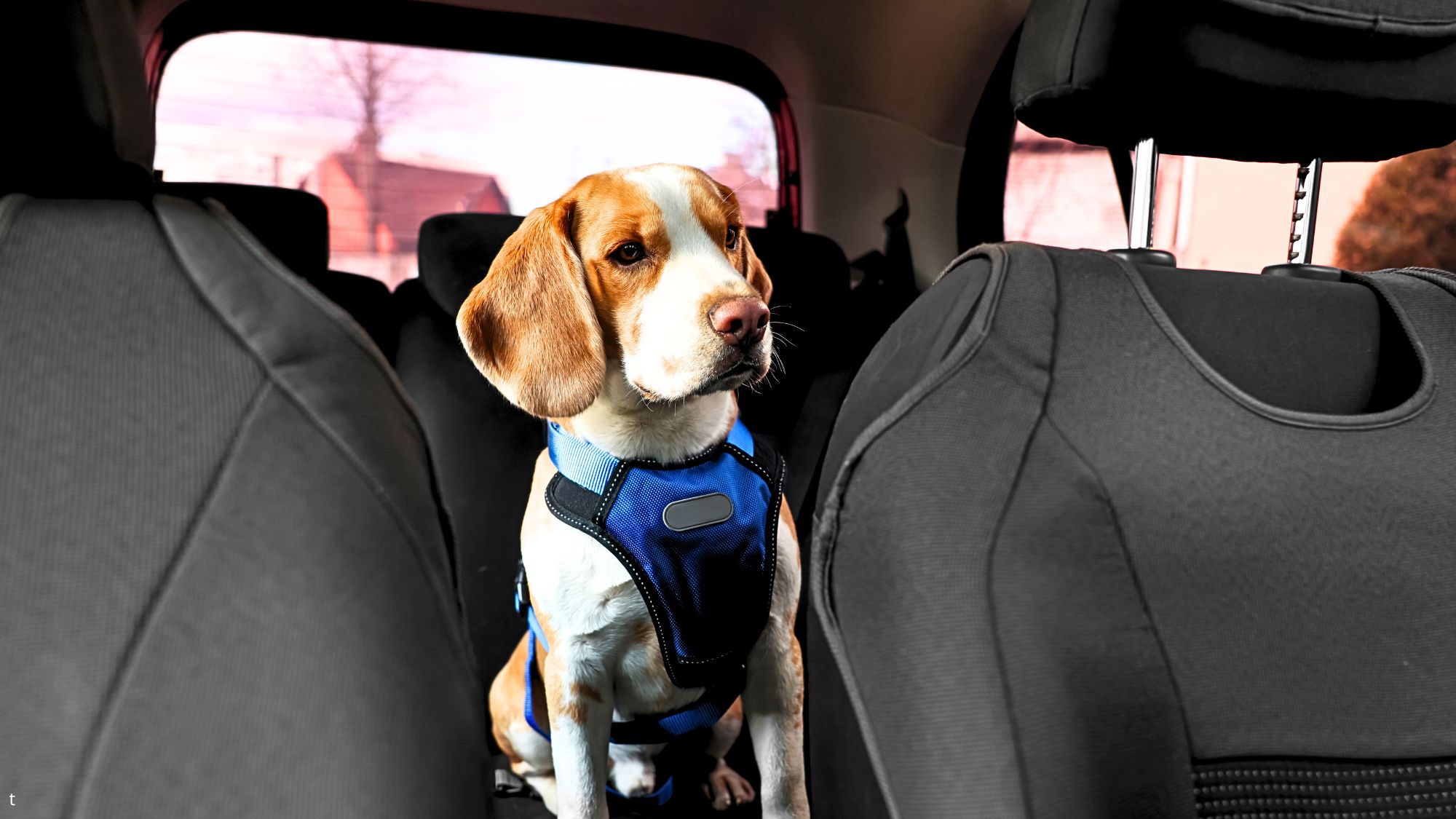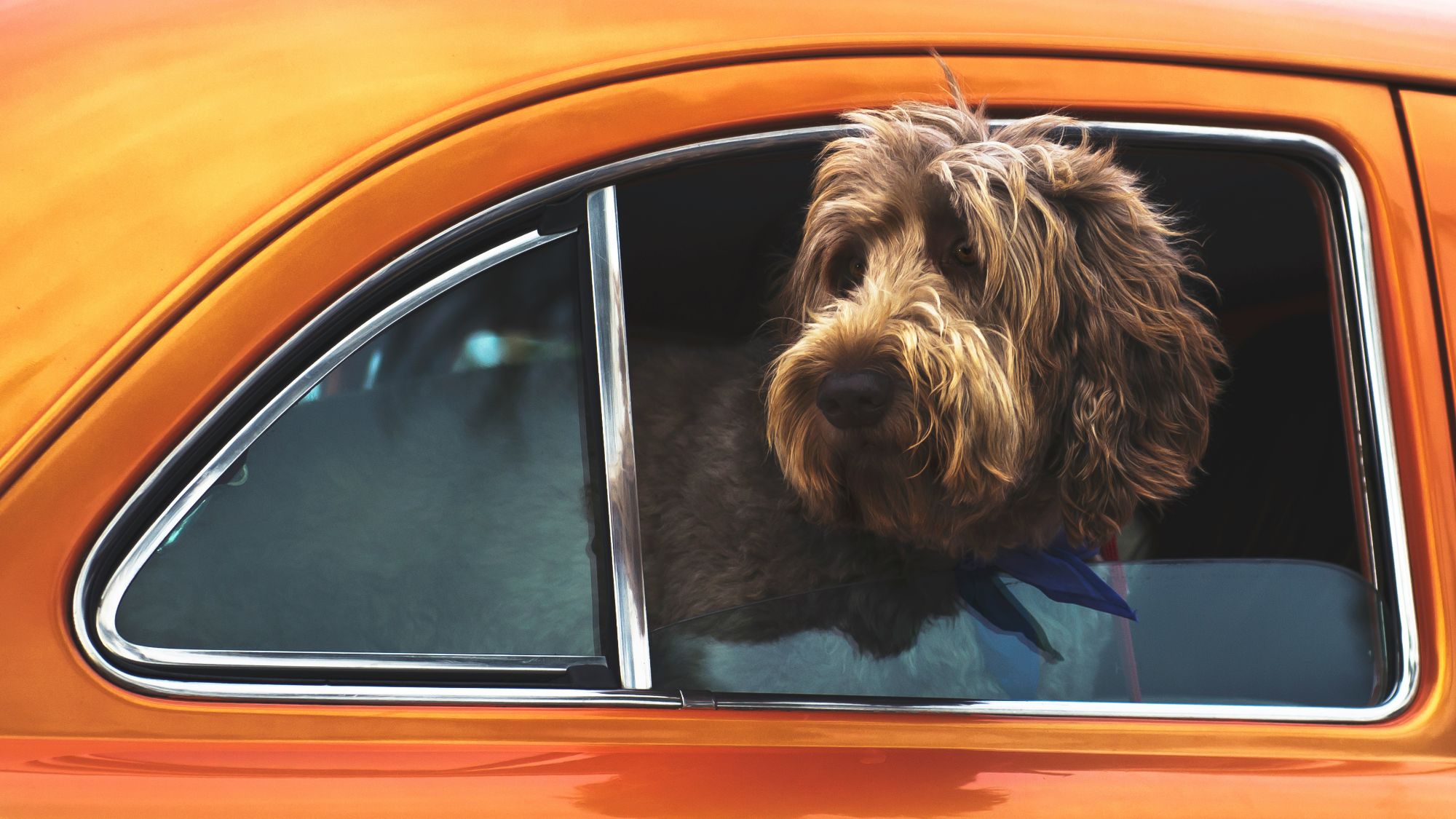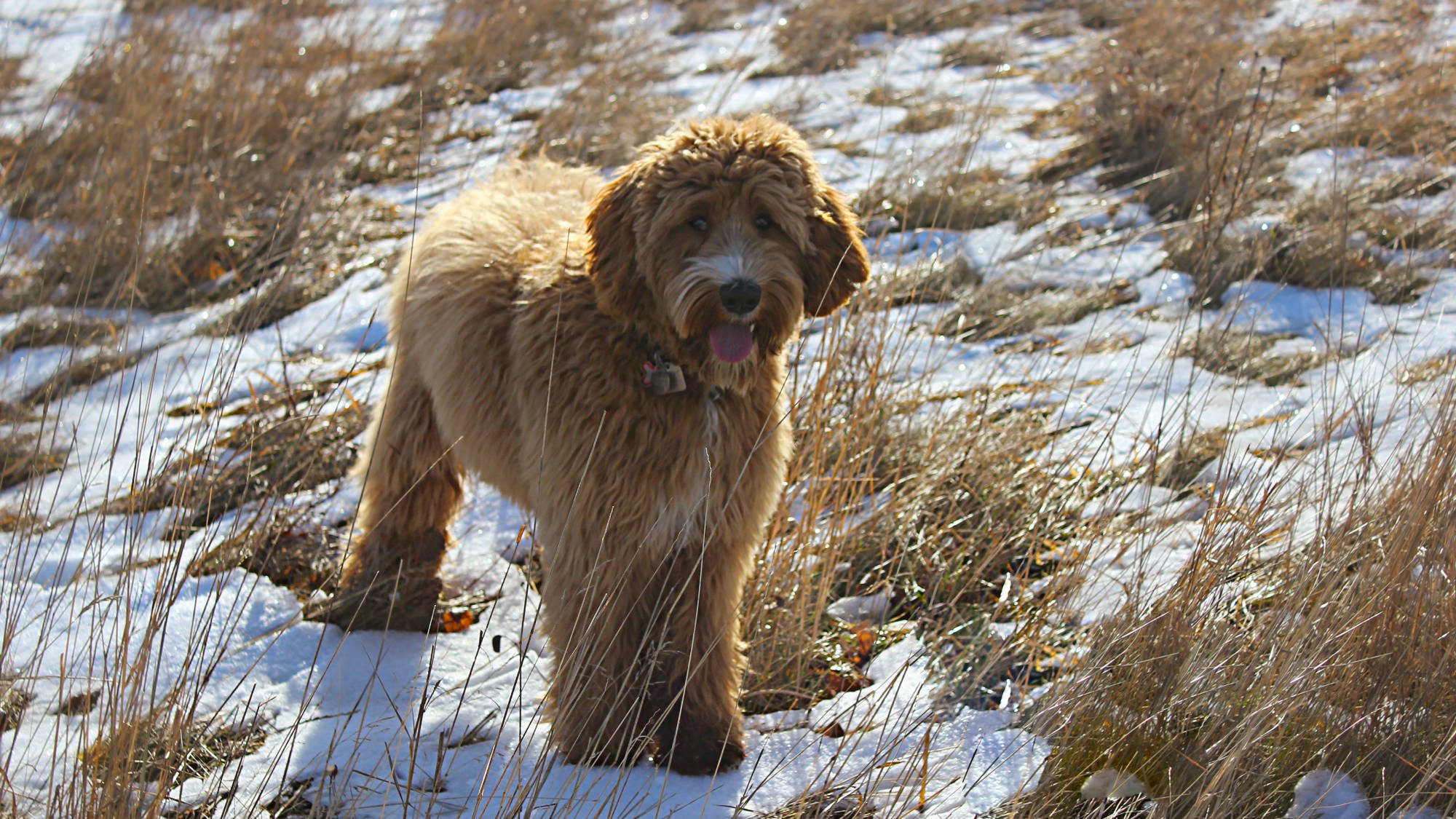Moving to a new place can be exciting, whether it’s for a new job, a better school district, or simply to be closer to your loved ones. However, when you have a dog, there are additional considerations to ensure a smooth transition for everyone. Before you start scheduling open house visits in your soon-to-be hometown, take some time to think about your furry friend’s needs. Here’s a step-by-step guide to help you make the move with your dog as stress-free as possible.
Table of Contents
- What To Look For In A New Home
- Packing Considerations
- Helping Your Dog Feel At Home
- Buy For Both Of You
What To Look For In A New Home
Before diving into floor plans and interior design, there are essential factors to consider:
- Check Rules and Regulations: Consult your homeowner association or city/county officials to understand any restrictions on dog breeds or sizes in your new area.
- Outdoor Space: Is the yard spacious and secure enough for your dog to roam safely?
- Location Matters: Consider proximity to busy streets and whether your dog might be at risk of escaping.
- Interior Setup: Plan where your dog’s living area, food bowls, and toys will be placed, especially if you have multiple floors or staircases.
- Pet Amenities: Is the new home conveniently located near a vet, dog park, or groomer?
Packing Considerations
Packing up your belongings can be a challenge because your dog doesn’t understand what’s going on. Not only do they want to play, they often get disturbed by the chaos of moving. Here’s how to make it easier for both of you:
- Pack Gradually: Begin packing weeks in advance to minimize the sudden changes for your dog.
- Keep Their Belongings Accessible: Leave your dog’s belongings unpacked for as long as possible to provide comfort.
- Safe Space: While packing, keep your dog in a familiar room to reduce stress.
- Ask for Help: On moving day, have a friend or family member dog-sit to ensure your dog’s safety and well-being amidst the hustle and bustle.
Helping Your Dog Feel At Home
When you arrive at your new home, remember that your dog won’t immediately recognize it as home. Follow these steps to help them adjust:
- Safety Check: Inspect the house for potential hazards like cords, gaps in fences, or dangerous objects within reach.
- Stick to Routine: Maintain your old routines for feeding, walking, and playtime as closely as possible to provide your dog with a sense of familiarity.
Buy For Both Of You
Whether you’re relocating for personal or professional reasons, it’s crucial to ensure that the move benefits both you and your beloved pet. Research your new hometown, take your time with packing, enlist a dog sitter for moving day, and prioritize maintaining your dog’s routines. This will not only keep your dog happier but also make your transition smoother and more enjoyable.
Remember, a happy and content dog can make your new house truly feel like a home.








